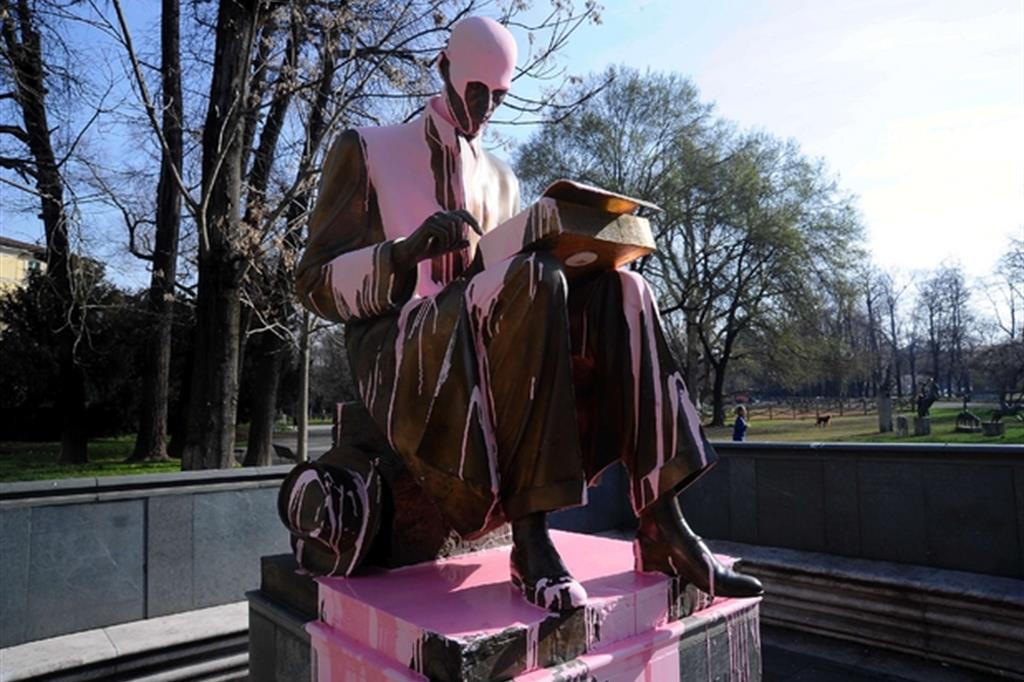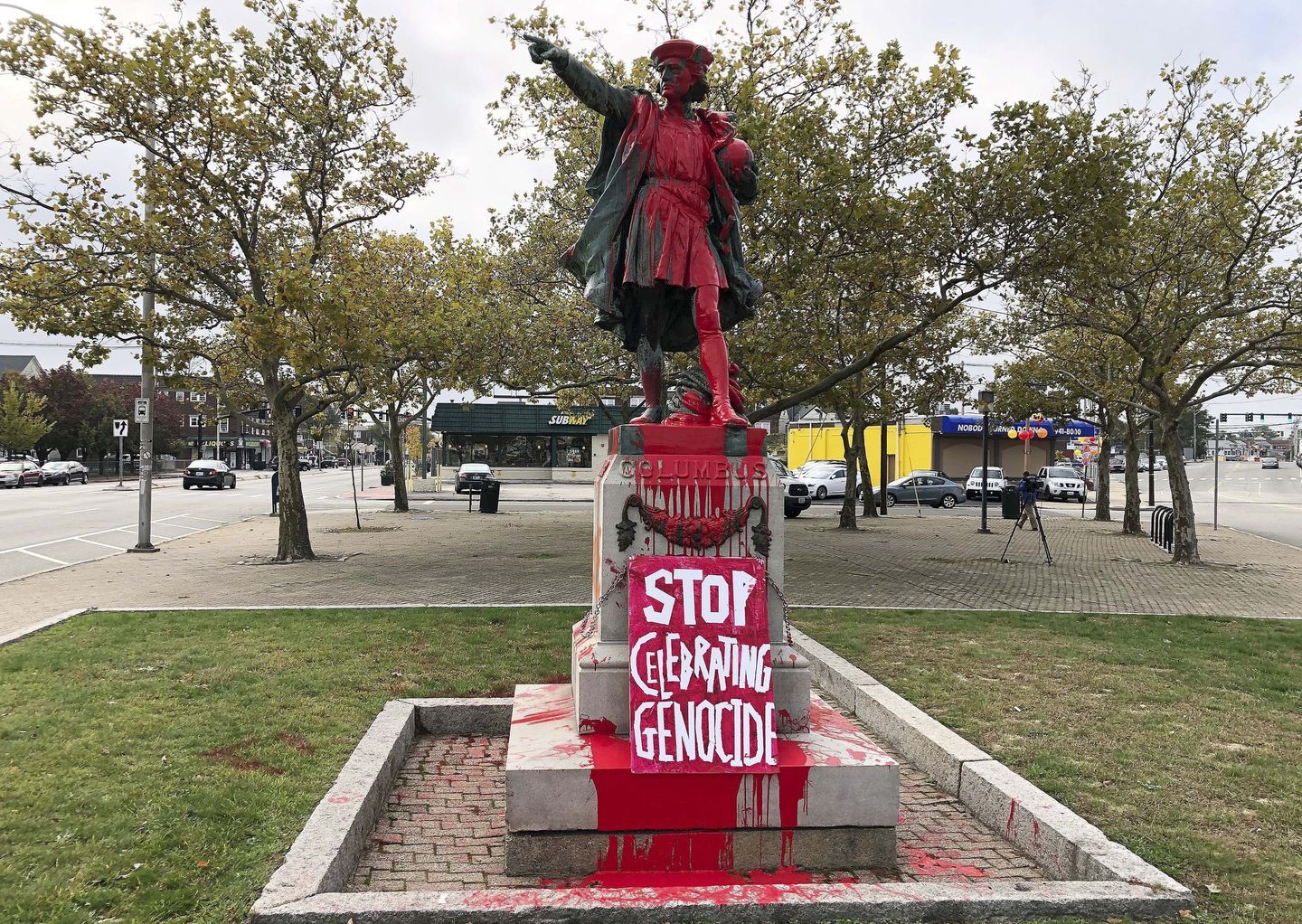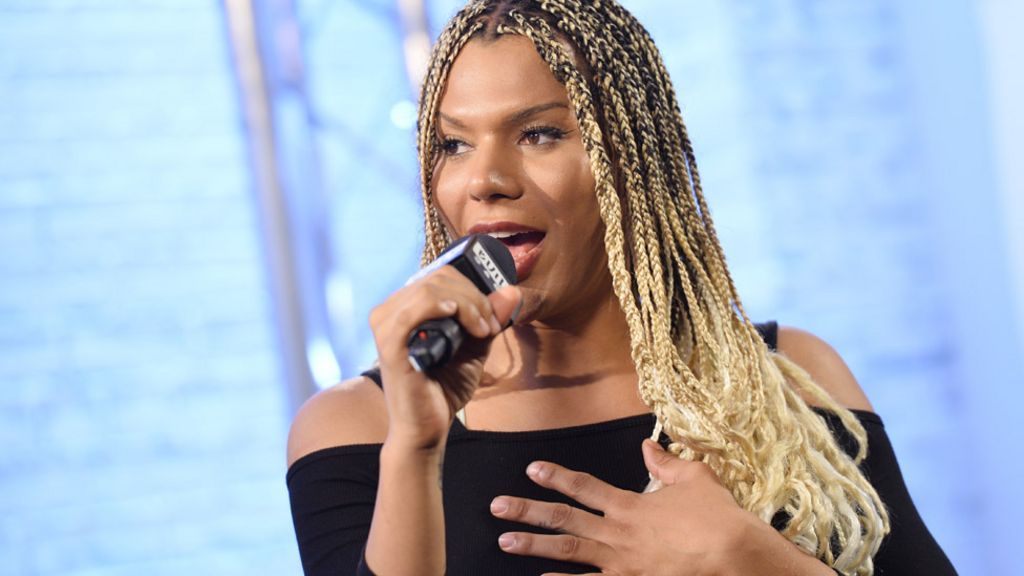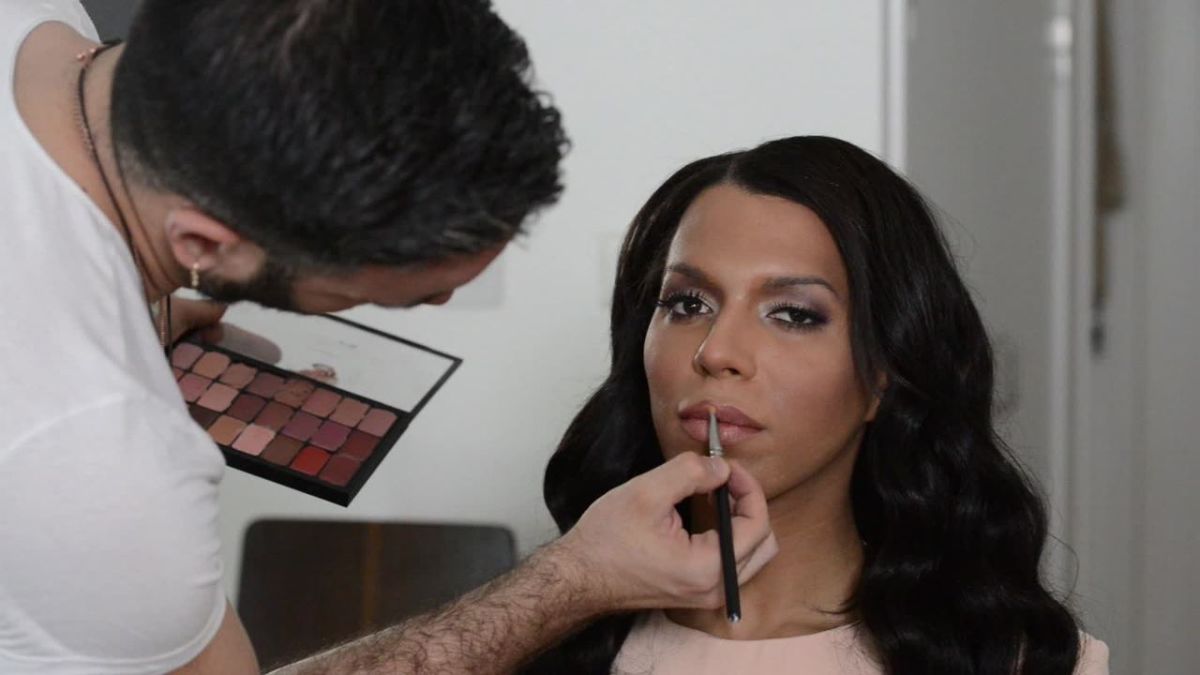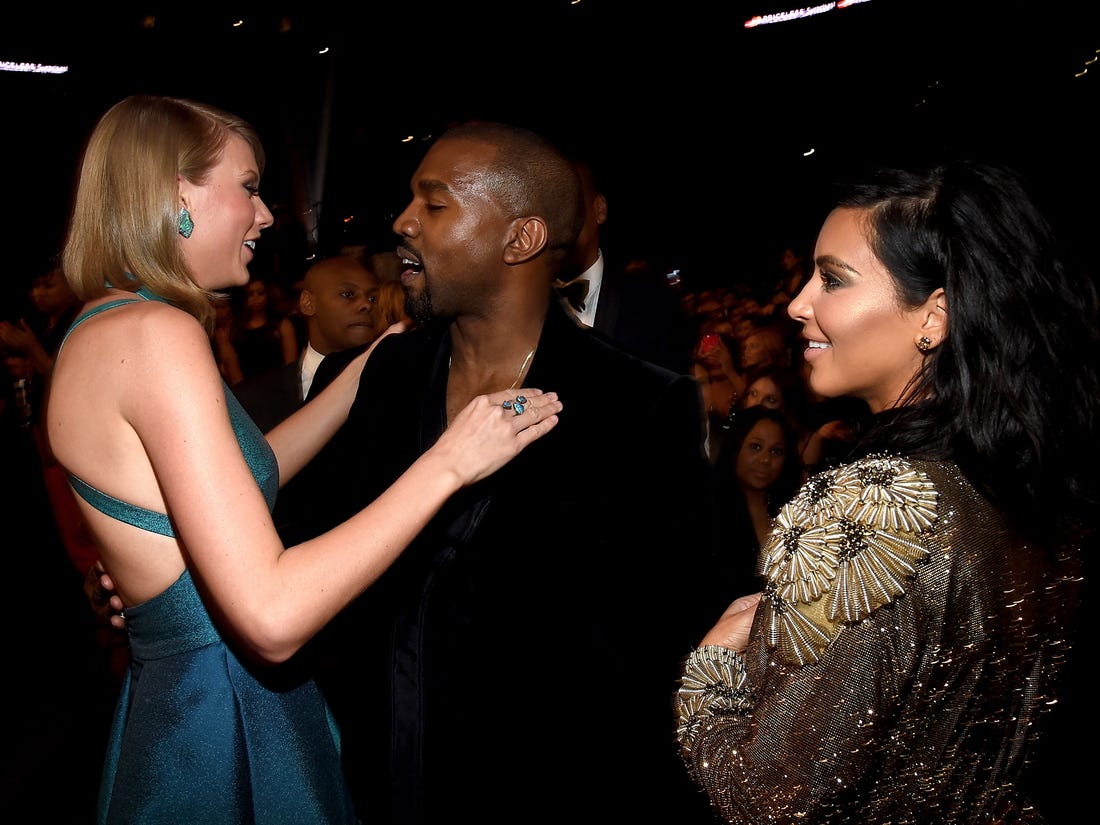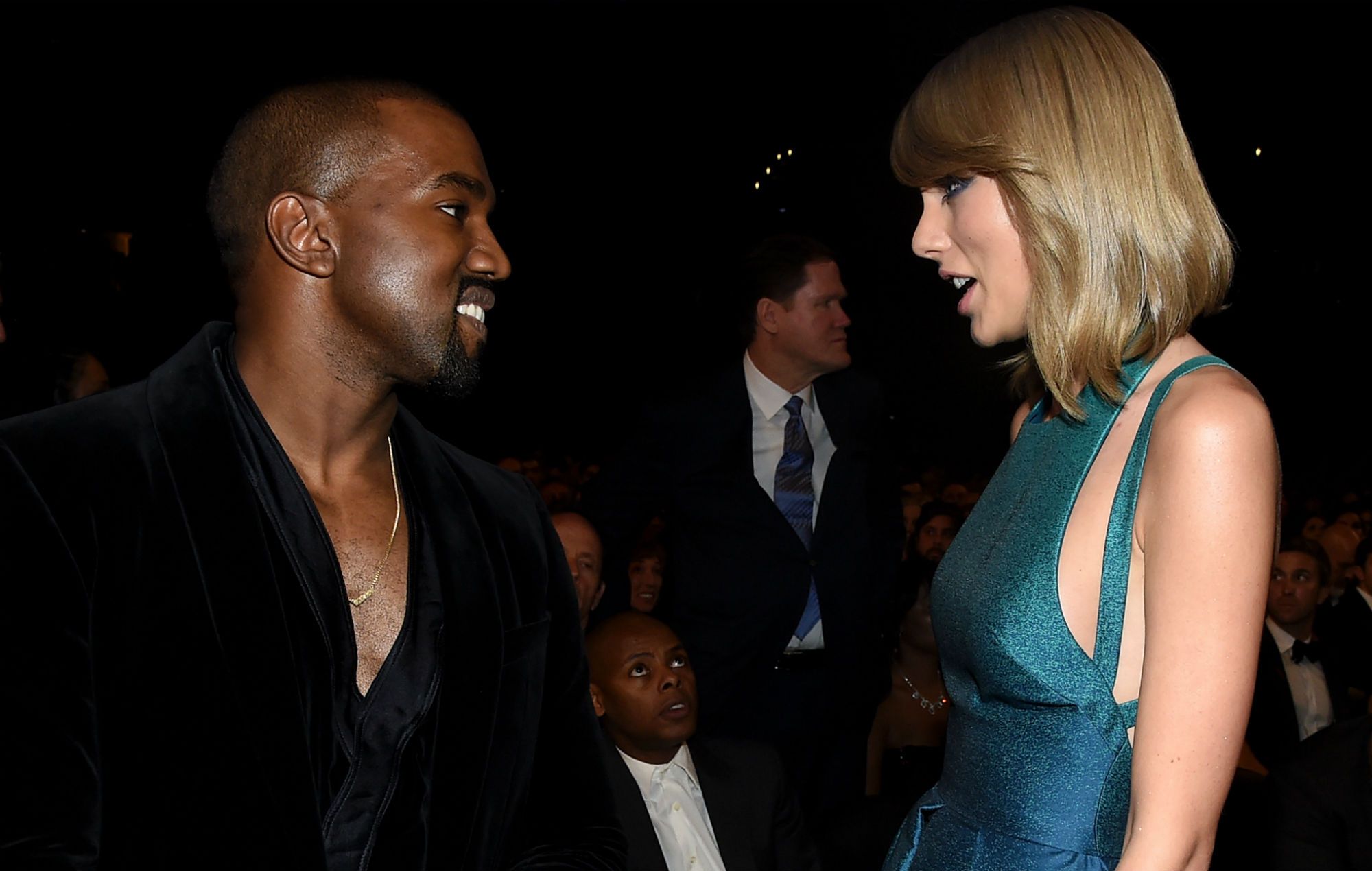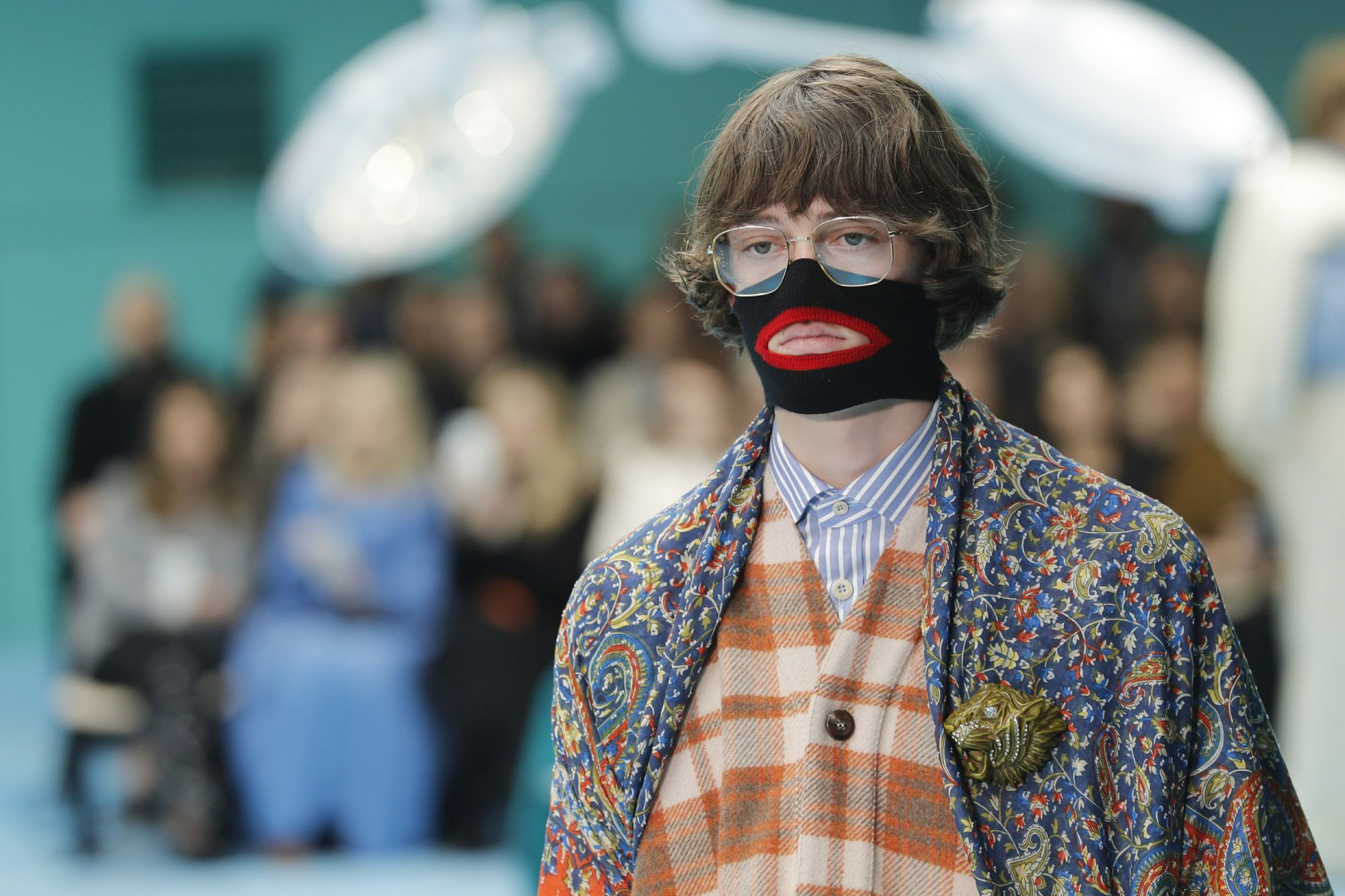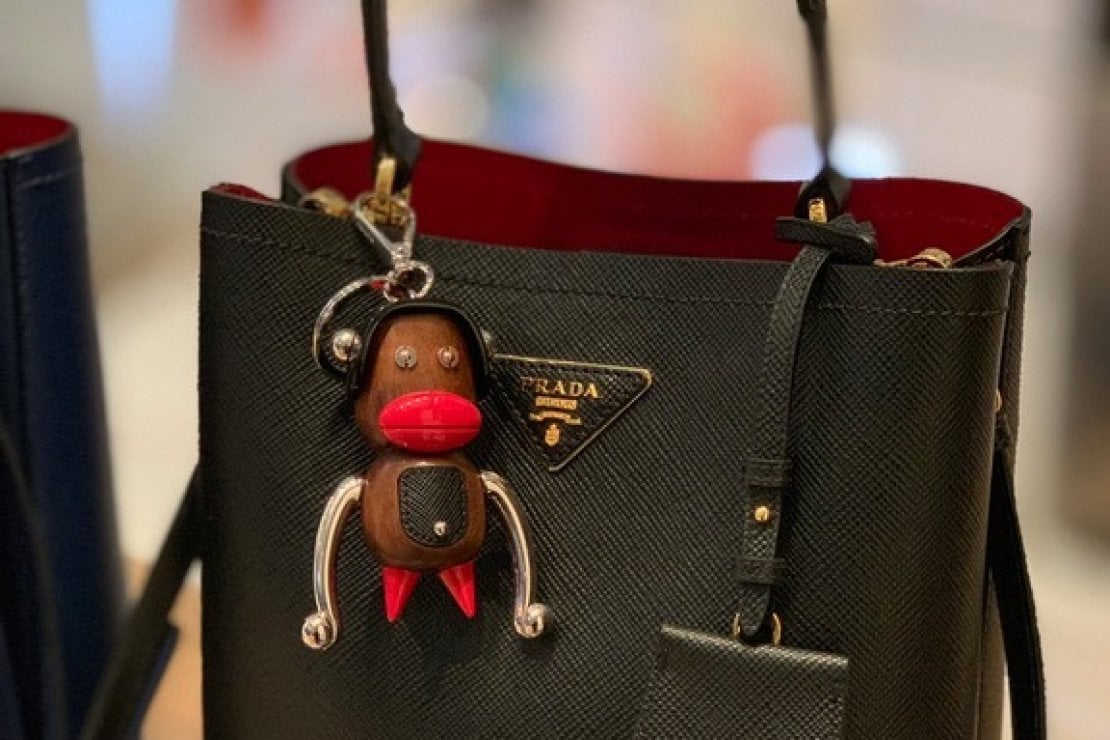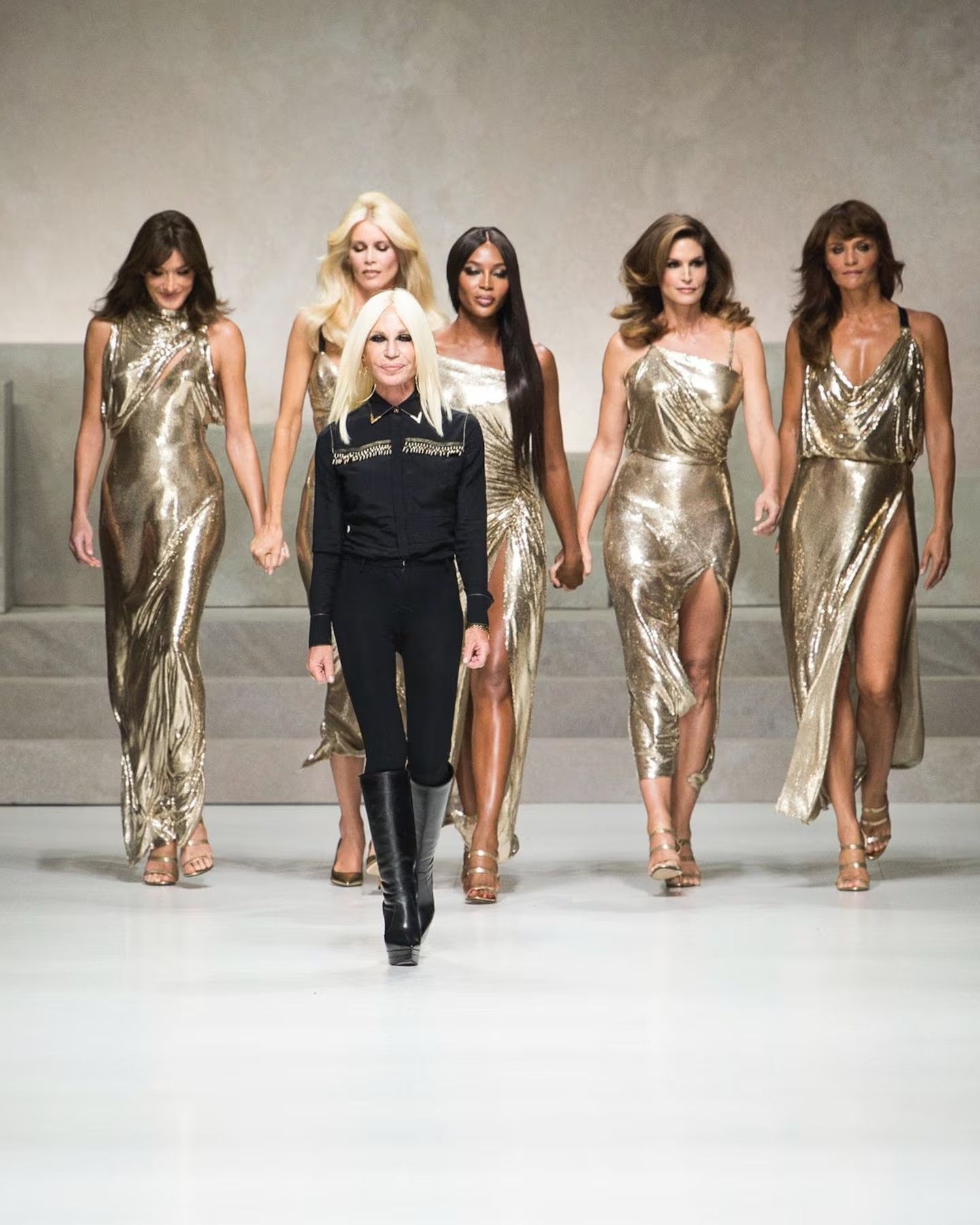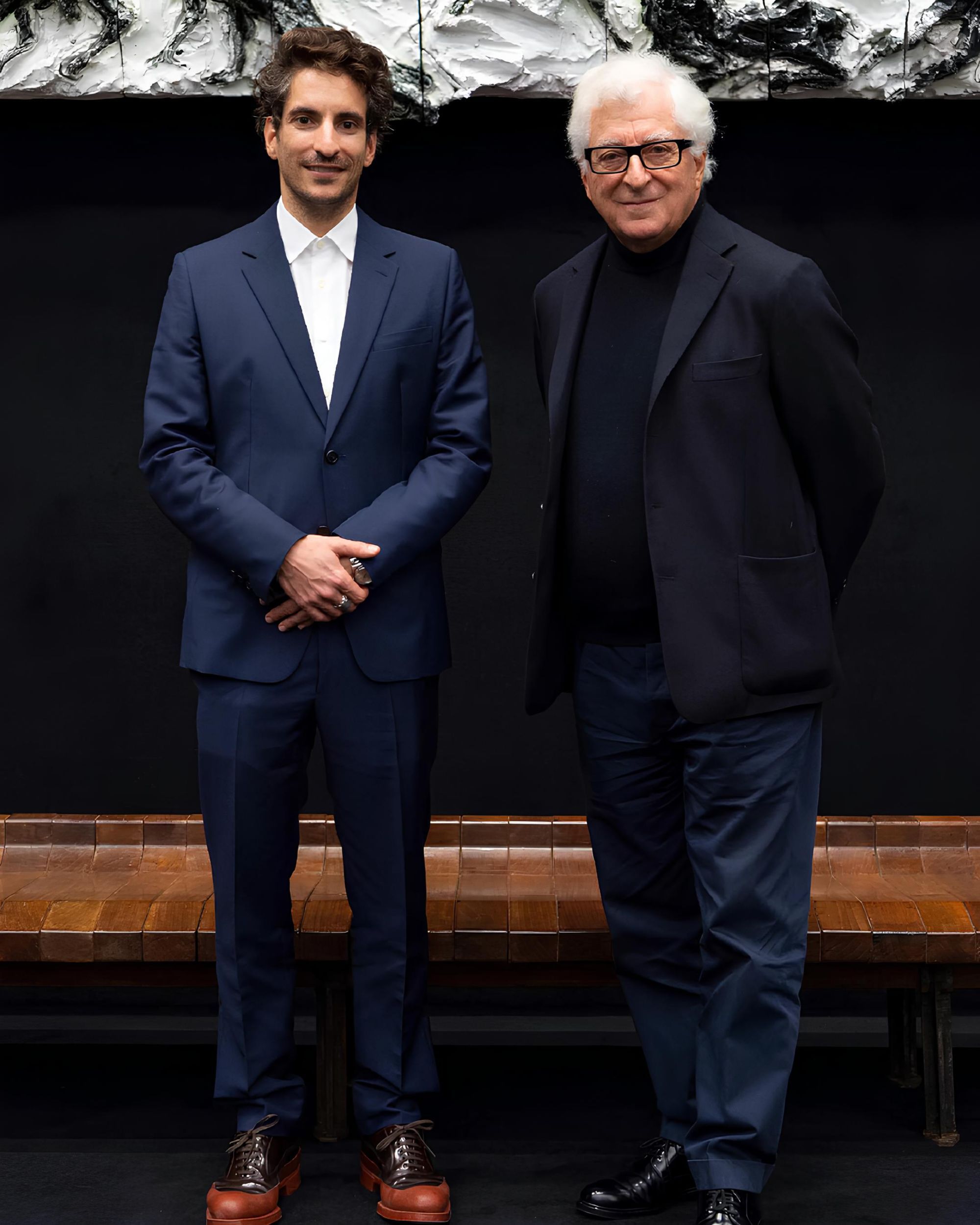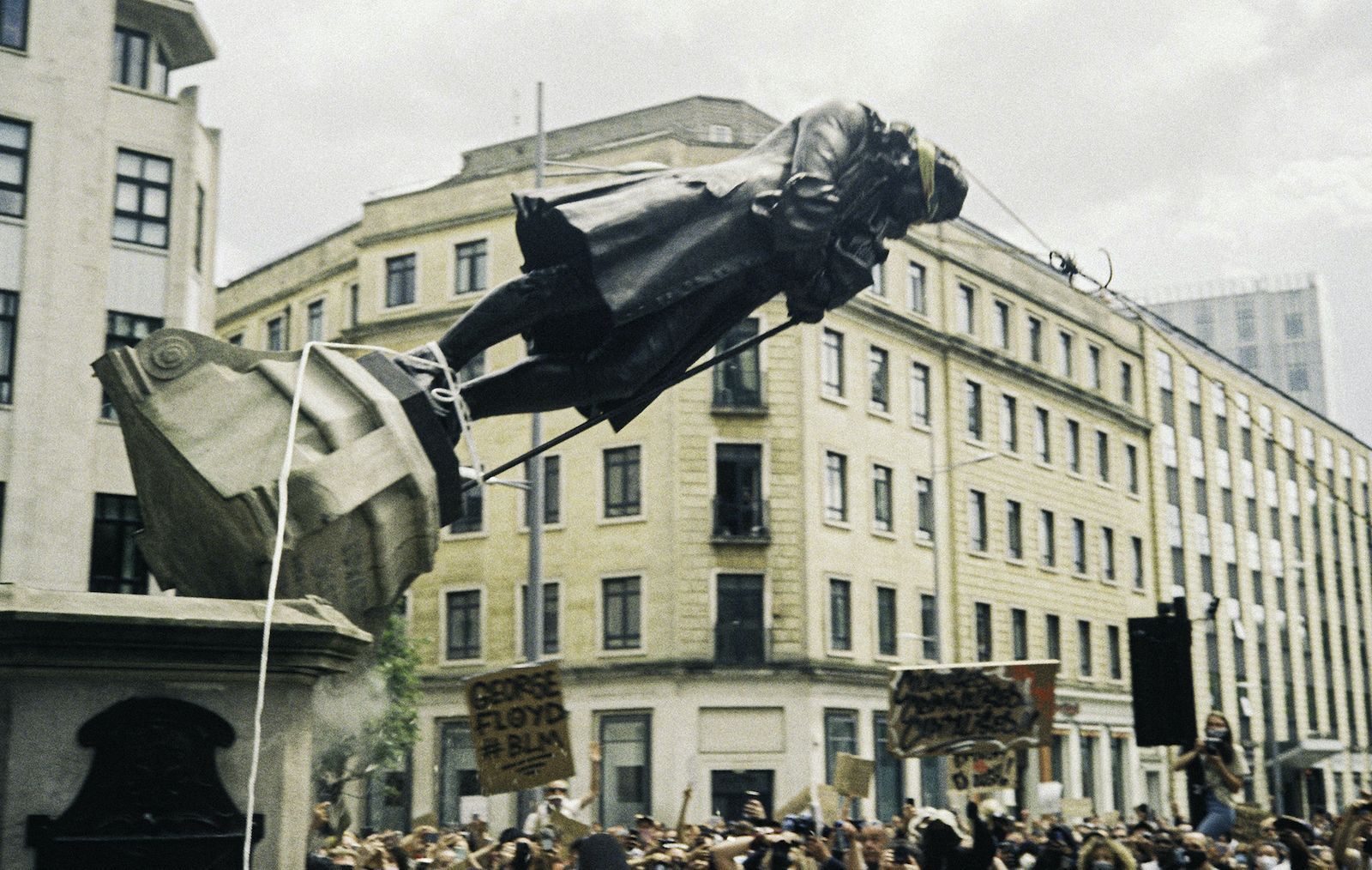
Op-ed : Cancel Culture needs to evolve in order to maintain it's power Why we might need to re-consider the format for the internet court we've built
Within the past 5-10 years, Millennials with the help of Zoomers (Gen Z) have conceived and developed the infamous masterpiece method of internet cancel culture, but in the past few months the debate has mainly been about the justness of the concept in itself. The issue has returned to date in light of the recent movement of the #BlackLivesMatter and the phenomenon of the demolition of statues, as well as the censorship that has affected films such as Gone with the Wind and some episodes of Scrubs that have been withdrawn from streaming platforms, not to mention the unanimous condemnation of J.K. Rowling after her transophobic comments. This type of practice, which has been present for some years in the fashion world thanks to the work of moral watchdogs such as @dietprada, is capable of creating a lot of damage - and there are many brands outside the fashion system and the big entertainment companies that now find themselves facing it.
For those who might not be aware, cancel culture is the concept of a messy process of an unofficial boycott of a celebrity or brand who has shared a questionable opinion or done something problematic whether past or present in the eyes of the moral grounds of social media. Usually the process begins with the revealing of what a celebrity or brand has done , which eventually goes viral and results in a sort of mass cyber attack against them, after which they are “cancelled”, at best by way of a boycott of their products whether it be music , movies or clothing, and at worst the loss of jobs or a string of legal battles in court. We’ve all witnessed it with a range of scandals from Dolce & Gabbana’s offence with their Chinese market to Harvey Weinstein and other #METOO sexual assault scandals. Today’s youth have taken the power of virality and used it to create a cyber court that more than often shows no mercy for its offenders but rather calls for their heads on a stick in the middle of the internet square.
Because of how cut throat and brutal the concept can be, there’s been a lot of debate as to whether this method of doing things is correct, goes too far or has been overused. The discourse became so central that last year even Barack Obama commented in criticism of the ritual saying it is ‘toxic and not activism.’ However the reality is, it’s a lot more complicated than simply placing a label of good or bad over it, simply because it’s a ritual that contains as many flaws as it does strengths.
Throughout the past few years, we’ve witnessed scores of cases of cancel culture take place that have resulted in a variety of different results — Dolce & Gabbana’s questionable & racist campaign and comments in 2018 ultimately resulted in the loss of millions of dollars in China, a partially international boycott of the brand and a poignant reputation of bigotry; fashion photographers Mario Testino e Bruce Weber’s fate from their sexual assault accusations called for the closing of their creative agencies, ongoing lawsuits and a boycott from the industry that still stains the reputation of anyone who works with them today; and even R&B singer R. Kelly’s imprisonment for his relations with underaged girls sparked as a result of the internet mob that ensued. There’s no way one could argue the effectiveness of cancel culture in these instances as they’re solid cases where social media revealed that which was being hidden away for years, and served them with the appropriate consequences for their actions.
However the main holes in the cancel culture mentality is that more times than often it does not give leeway for any sort of forgiveness, even when it might be merited. Unlike the idea of prison that puts away people for the amount of years they deserve and reviews their cases after they’ve done community service or served their sentences, the cancel culture does not allow for that leeway, it does not come back and check if changes are made, once one is cancelled, they stay cancelled. This may be perfect for keeping sexual offenders out of the industry , but in regards to more minor or complex cases this might not be the best option.
Take for example, Taylor Swift’s case mentioned above, in 2019 , she was cancelled for apparently lying about some drama with Kim and Kanye, but later after that, earlier this year, a clip was leaked, which proved that in this case, Taylor was actually the one deserving of forgiveness. Cancel Culture lacks the capacity and possibility to think about all angles of the story. If there might be another part that’s hidden, if someone might have a mental illness etc.
Two additional cases in the context of fashion are the racist blackface scandals of both Gucci and Prada in 2018. Following the viral release of the products in question there was a backlash which called for the cancellation of both brands by way of a worldwide boycott of all their products. Not long after this , both brands not only issued apologies but took necessary steps by incorporating entire boards dedicated to diversity & inclusion as well as making internal changes to their staff for that reason. And although this helped to lift the threat of the financial boycott, the reputation still sticks, as many outside of the fashion industry still consider both brands to be “cancelled.” Unlike how a real life court jury would need to take into consideration and assess the perpetrator’s full case with all the evidence while also considering their mental health and potential for rehabilitation in order to determine the length and type of sentence, the cancel culture does not allow for such leniency or complications. Which is a part of the reason why today it seems to be losing its impact. In a few recent cases, it doesn’t seem to have as great of a lasting impact as it would have, as many have begun to question the movement’s motives and overuse. So many people have been “cancelled” in 2020 that we haven’t been able to keep track of which celebrities or brands we are still allowed to support.
This does not mean that "cancel culture" should be abolished, not least because in many ways it is enforceable and can serve to create a more equitable and morally correct society. At the same time, however, it would be useful to look at the phenomenon with a critical eye and know how and when to call it into question. For example, not immediately jumping to conclusions ostracizing anyone who seems guilty, and trying to distinguish who deserves a conviction from those who deserve forgiveness. Increased critical sense could also help to understand who might have the intention or potential to improve and who deserves to be punished. The difference between the scandals involving Dolce & Gabba and the cases of Gucci and Prada, for example, was that, in the first case, creative directors merely apologized in a video, while in the second, both brands spent millions to introduce changes in their corporate structure, hiring people, starting sensitivity training courses and implementing all the necessary changes.
As jurors a part of the social media high court, we have to begin to ask ourselves what exactly are our intentions, what changes would we like to see and take the time to ask for the implementation of these changes as opposed to immediately cancelling. Another prime example was the recent case of trans model Munroe Bergdorf who recently called out the beauty brand L’Oreal for their shallow statement against racism when they dropped her off a campaign three years ago for speaking out about racism. She could have went about it by calling them out and cancelling them, but instead she was open to hearing their apologies and what they had to say and how they were interested in making changes and as a result she was appointed as a part of L’Oreal’s UK Diversity Board, which now gives her the first hand opportunity to ensure that the experience she had with the brand does not reoccur with someone else.
This is ideally how all cases of “internet offences” should be handled, leaving a window for the offenders to show themselves worthy of forgiveness or rehabilitation. This way we’ll at least be able to keep track, otherwise by the next decade, we’ll have no brands or celebrities left as all of them will be cancelled. We’ve even seen cancel culture recently work miracles in the context of ordinary people, with different cases of racists encounters with people who were exposed on Twitter and lost their jobs and/or home leases within 24 hours. However in order for the culture to maintain this power of serving those deserving of “cancel status” it will need to evolve to fill the holes within itself.











































